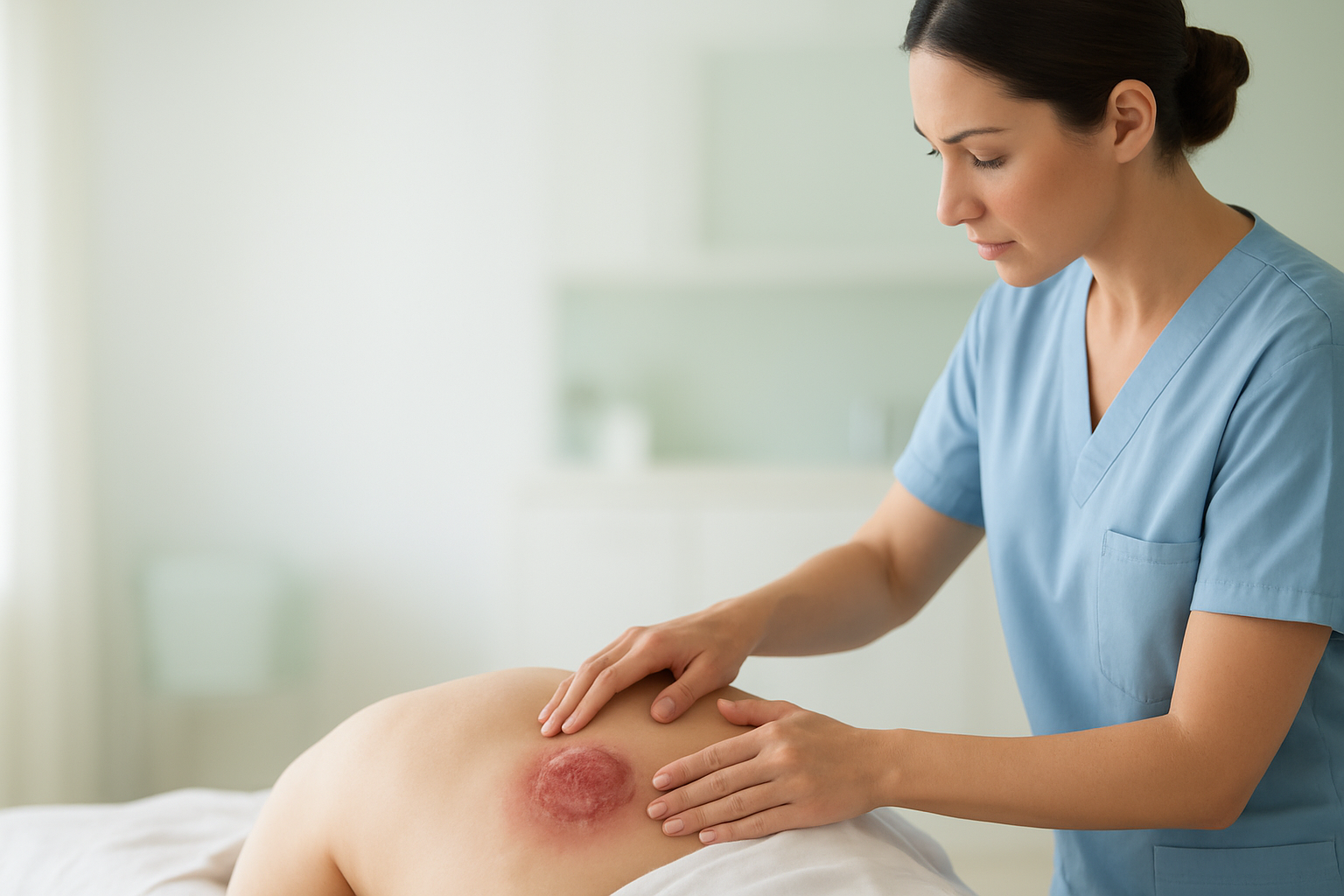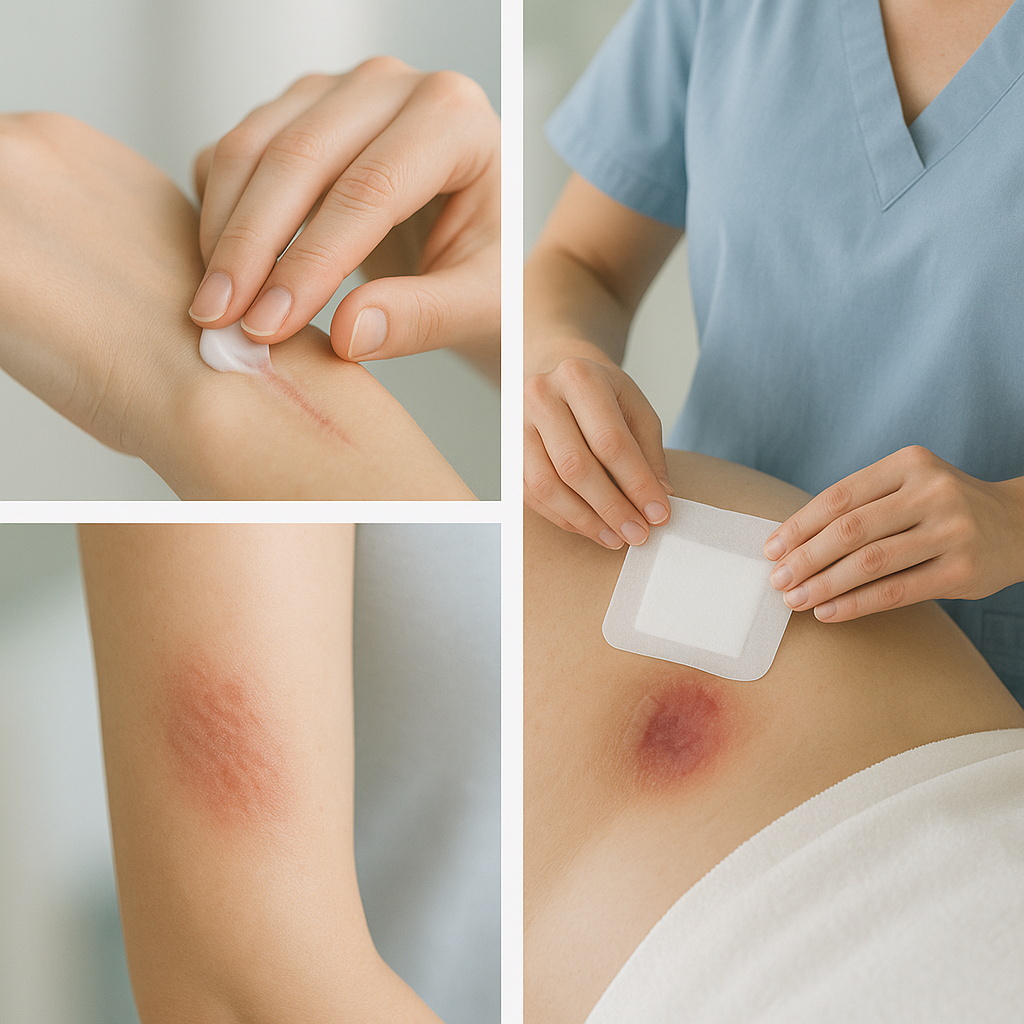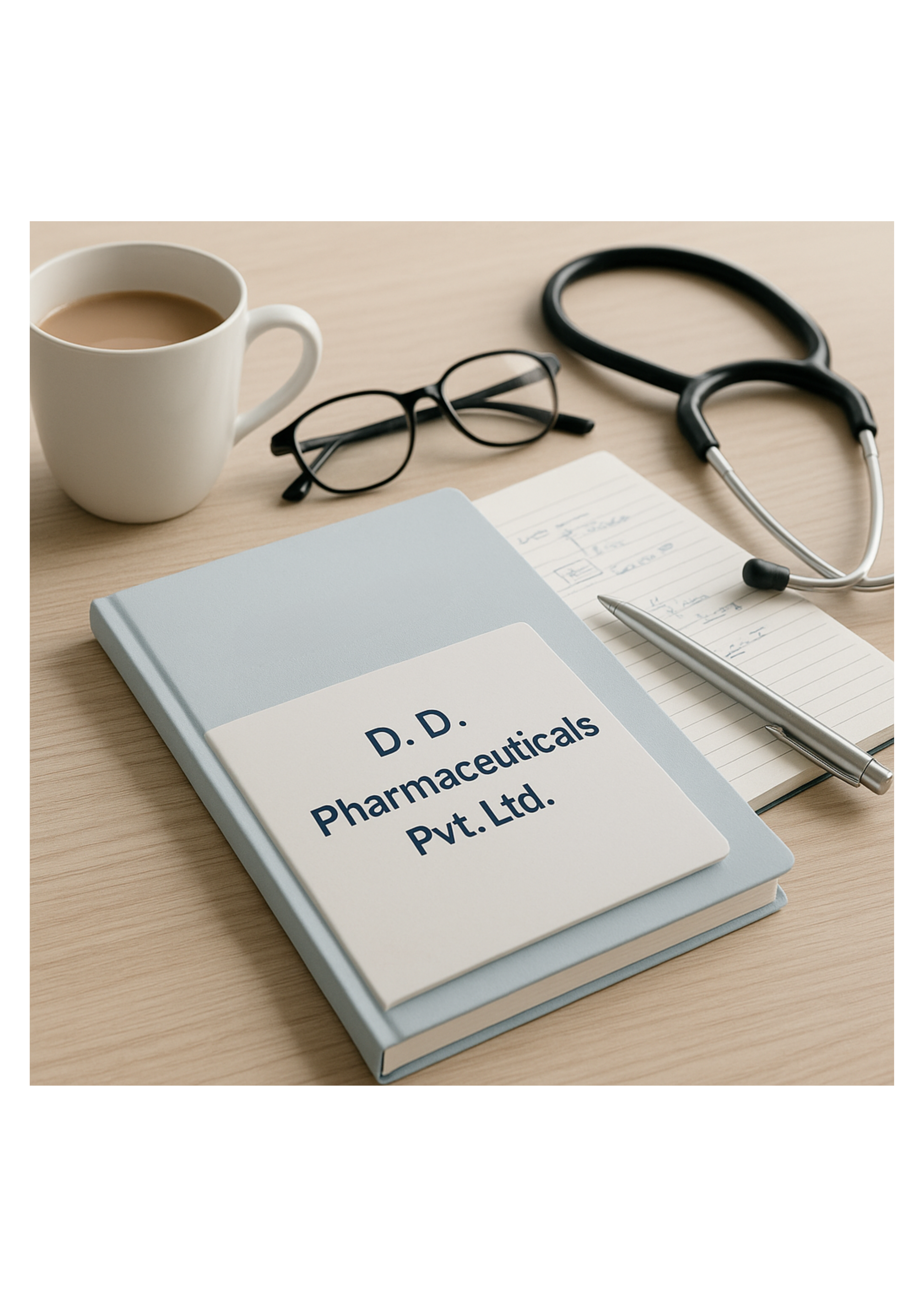Chronic Wounds
Specialized care for wounds that fail to heal within expected timeframes. Our advanced treatment protocols address underlying causes for sustained recovery.

18+ Months
Maturation period
Preventable
With proper care
What Are Chronic Wounds?
Chronic wounds are injuries that fail to progress through the normal stages of healing within 6 weeks or show no signs of healing after 30 days of appropriate care. These complex wounds require specialized treatment to address underlying factors that impede the healing process.
Common Causes
- Diabetic foot ulcers
- Venous leg ulcers
- Arterial ulcers
- Non-healing surgical wounds
Risk Factors
- Poor circulation and vascular disease
- Diabetes and blood sugar control
- Chronic infection or biofilm formation
- Malnutrition and immune deficiency
Types of Chronic Wounds & Treatment Approaches

Diabetic Ulcers
Wounds that develop in diabetic patients, typically on feet. Often result from neuropathy, poor circulation, and delayed healing responses.
Recommended Products:

Venous Ulcers
Result from poor venous circulation, typically appearing on lower legs. Often accompanied by swelling and skin discoloration.
Recommended Products:

Arterial Ulcers
Caused by insufficient arterial blood flow. Typically painful, well-defined wounds on feet, toes, or pressure points.
Recommended Products:

Pressure Ulcers
Chronic pressure sores that have failed to heal due to continued pressure, poor nutrition, or underlying health conditions.
Recommended Products:
Assessment & MonitoringRecognizing the Symptoms
Key Assessment AreasEarly Symptoms
- Wound size, depth, and undermining
- Tissue type and wound bed condition
- Exudate amount, color, and consistency
- Periwound skin condition
- Pain levels and patient comfort
Barriers to HealingAdvanced Symptoms
- Infection or biofilm presence
- Poor vascular supply or oxygenation
- Continued trauma or pressure
- Underlying medical conditions
- Inadequate nutrition or hydration
Advanced Treatment Strategies
Comprehensive Assessment
Thorough evaluation of wound characteristics, underlying causes, and patient factors. Regular monitoring and documentation of healing progress.
Address Root Causes
Manage diabetes, improve circulation, treat infections, optimize nutrition, and address any systemic factors affecting wound healing.
Advanced Therapies
Utilize negative pressure wound therapy, bioengineered tissues, growth factors, and other cutting-edge treatments for non-responsive wounds.


